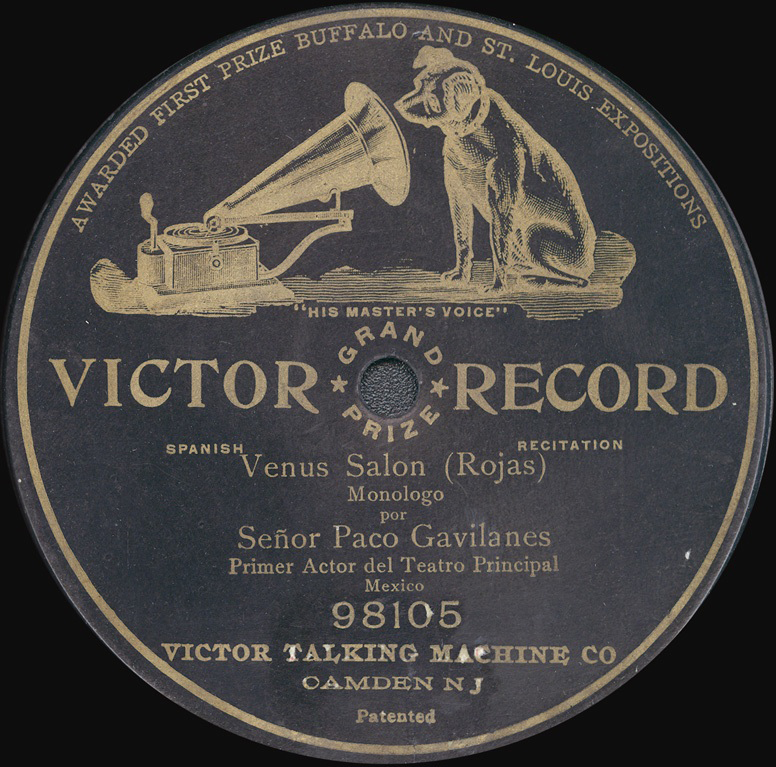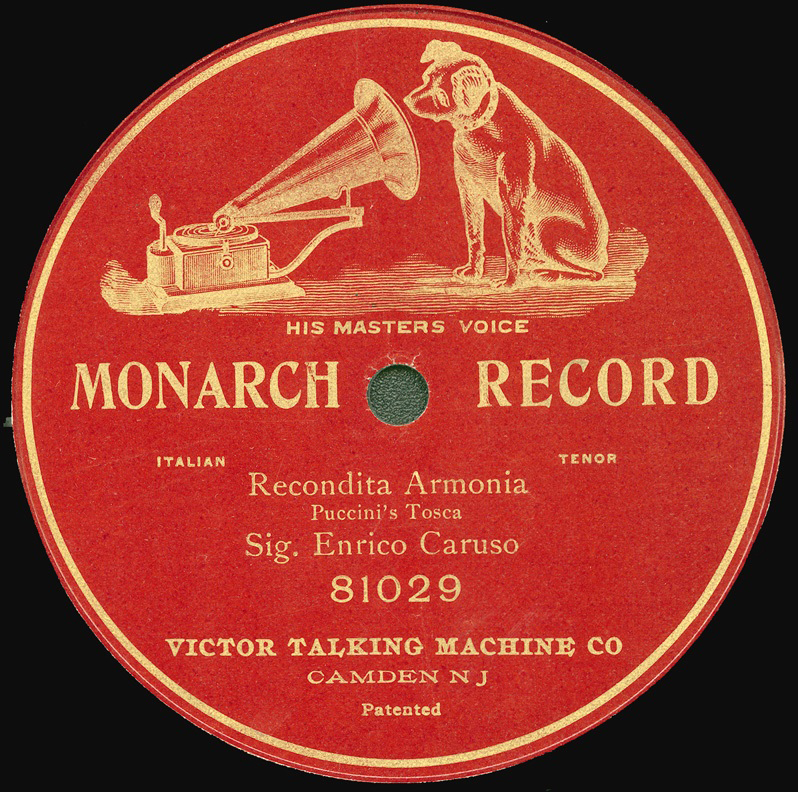UCSB Library Awarded Second National Endowment for the Humanities Grant To Document Historical Sound Recordings by Victor Talking Machine Company


The University Library at UC Santa Barbara has been awarded a second National Endowment for the Humanities (NEH) grant to further develop an online encyclopedia of all the recordings made by the Victor Talking Machine Company (which later became RCA Victor) between 1900-1950.
The discography of Victor records is making the history of recorded sound in the United States broadly accessible to scholars and the public for the first time.
Visit: http://victor.library.ucsb.edu/
During the period documented by the discography, Victor's releases "stand as paradigm of the growth of commercial recorded sound and the enormous scope of works preserved on sound discs," said Samuel Brylawski, editor of the Victor Project, with headquarters in the library's Department of Special Collections.
"The discography provides new ways to analyze genres, artists, and repertoire over a period of time, since the aural component of the country's cultural history is evident in the great breadth of music recorded."
The online reference work is the culmination of a 40-year effort to trace the evolution of the company's recordings from the acoustic era (1900-1925) to the electric era (1925-1950), in which microphones were used to make recordings, and amplifiers were used to play them.
"The encyclopedia is the only comprehensive published account of all of the recording sessions produced by Victor in an era of its greatest influence," said David Seubert, project director and curator of the library's collection of historical recordings.
The recent $350,000 federal grant will enable a team of editors to add 30,000 new entries to the index representing the company's recording activities between 1921-1930.
An earlier NEH grant made it possible for the library to create the public Web site and post 40,000 recording sessions through 1920.
"The grant will enable us to complete editing of all acoustically recorded discs and also the beginning of Victor's legendary jazz series of recordings and the symphony recordings, and what has become known as the ‘Big Bang' of country music –– Ralph Peer's 1927 recording field trip to Bristol, Tennessee, where such artists as the Carter Family and Jimmie Rodgers made their first recordings," said Brylawski.
"It is a fascinating period for Victor and in the history of recorded sound."
Victor's remote recording expeditions throughout North America, Central America, South America, the Caribbean, and East Asia during the late 1920's preserved a wide range of music that had never been documented in a published resource.
"Thousands of these foreign recordings have been almost unknown except to specialists in the field, and they are one of the most important revelations of the discography," noted Brylawski.
When complete, the "Encyclopedic Discography of Victor Recordings" will provide details of every recording session produced by the company –– over 165,000 in all.
It will document more than 300,000 "takes," and over 90,000 works by 9,000 composers and authors recorded with the participation of 29,000 performers.
Music of all types –– classical, popular, and ethnic –– as well as radio programs, motion picture soundtracks, and many more genres of recorded sound, including dramatic presentations, poetry readings, and instructional recordings, are included.
"People interested in recorded music, as well as collectors, biographers, musicologists, sociologists, and a host of other interdisciplinary researchers will consult the reference work, including those examining musical themes, performance practice, the interplay of music and technology, textual elements, and the marketing of recordings," said Seubert.
Two print volumes of the encyclopedia were compiled from documents obtained from Victor's corporate archives, now part of Sony Music Entertainment, by the late discographers Ted Fagan and William Moran, and published in 1983 and 1986 by Greenwood Press.
They remain standard reference texts on early sound recordings.
In 2003, Moran donated the original source material to UCSB's performing arts archive to create the online discographical research tool, which also draws on primary source material from collectors and other institutions, including the Library of Congress.
"Having the discography online makes it a dynamic work that is always going to be a work in progress," said Brylawski. "We get feedback, corrections, and elaborations from scholars and collectors with specialized knowledge. Footnotes tell the provenance of all the information. The discography is a long-time collaborative effort."
Related Links



